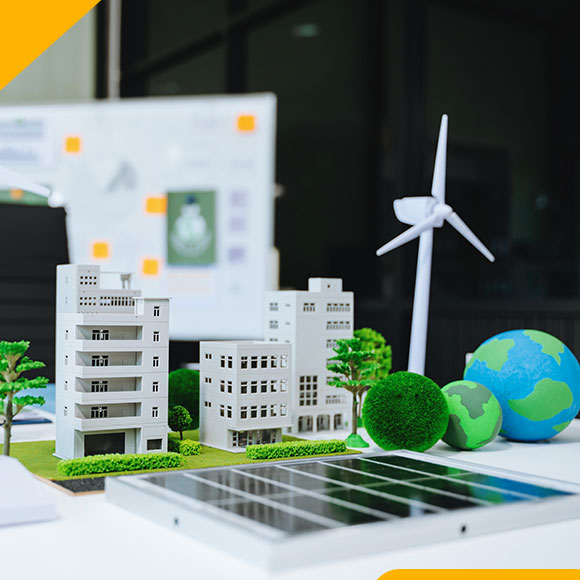Sustainability Design Solutions
Common-Sense Engineering for Sustainable MEP Systems
We don't believe in overcomplicating things. At National MEP Engineers, our engineering philosophy is built on proven, reliable solutions that work in the real world. We focus on systems that are straightforward to install, maintain, and operate—because the best sustainable design is one that functions as intended for decades to come. Our team combines solid engineering fundamentals with practical field experience to deliver MEP systems that make sense from both a technical and business perspective. We avoid trendy solutions that sound good on paper but create headaches in the long run.

System Optimization & Analysis
Technical Design & Renewable Integration


Code Compliance & Technology Integration
Collaborative Sustainability Solutions
- Comprehensive energy modeling and efficiency analysis
- Green building certification support (LEED, WELL, BREEAM)
- Renewable energy system design and integration
- High-performance HVAC and mechanical systems
- Smart building controls and automation
- Sustainable lighting design and daylight harvesting
- Water conservation and management systems
- Carbon footprint reduction strategies
- Lifecycle cost analysis and optimization
- Future-ready designs for evolving sustainability standards


Why Partner with Us for Sustainability Design Solutions?
Working with us guarantees tailored sustainability solutions backed by expertise and innovation. Our certified MEP engineering designers prioritize energy efficiency, environmental responsibility, and long-term performance, delivering designs that consistently exceed industry standards. We provide durable, cost-effective solutions that enhance building performance and reduce environmental impact through advanced modeling tools, proven methodologies, and a collaborative approach that prioritizes your sustainability goals.
- Our sustainability MEP engineering designers work closely with architects and contractors to ensure seamless integration of green building systems.
- We continuously update our team's knowledge of emerging technologies and evolving environmental standards to stay ahead of industry trends.
- We regularly evaluate new sustainable technologies and design methodologies to provide more efficient and economical solutions that maximize building performance and minimize lifecycle costs.

Get Your Free Consultation Today!
FAQs
We maintain flexibility through modular design approaches and regular coordination meetings. When changes occur, we assess impacts on energy performance and provide alternative solutions to maintain sustainability targets.


